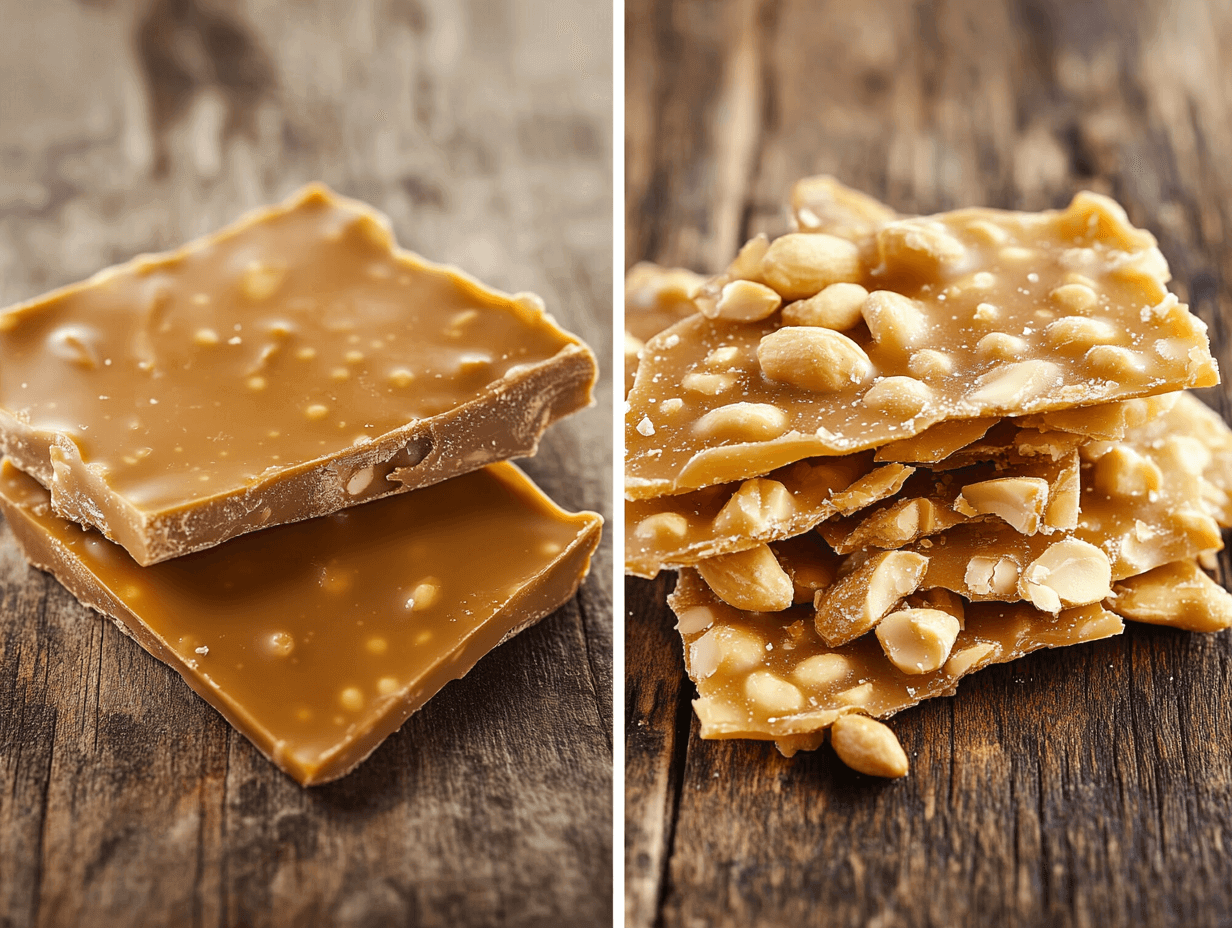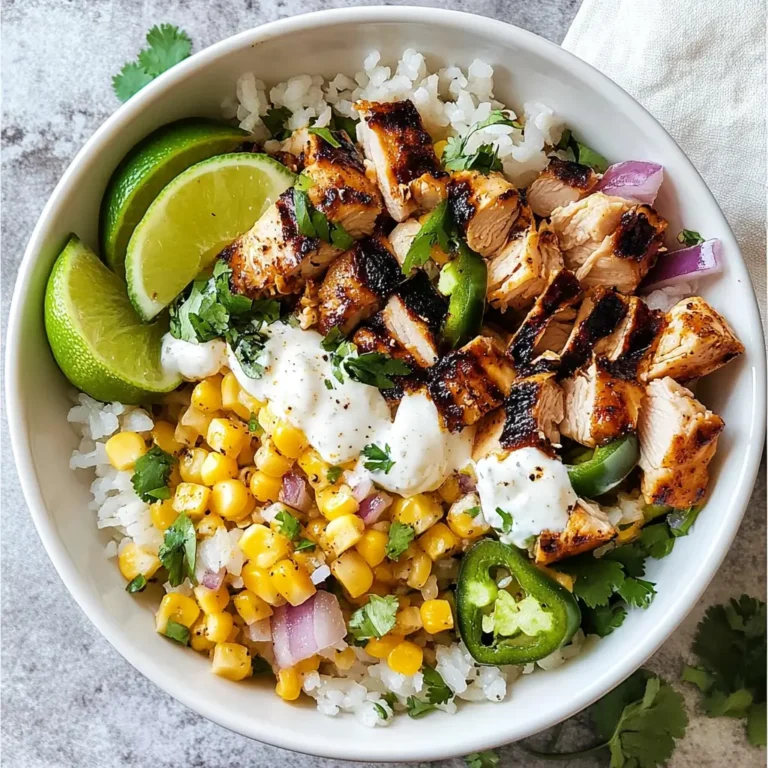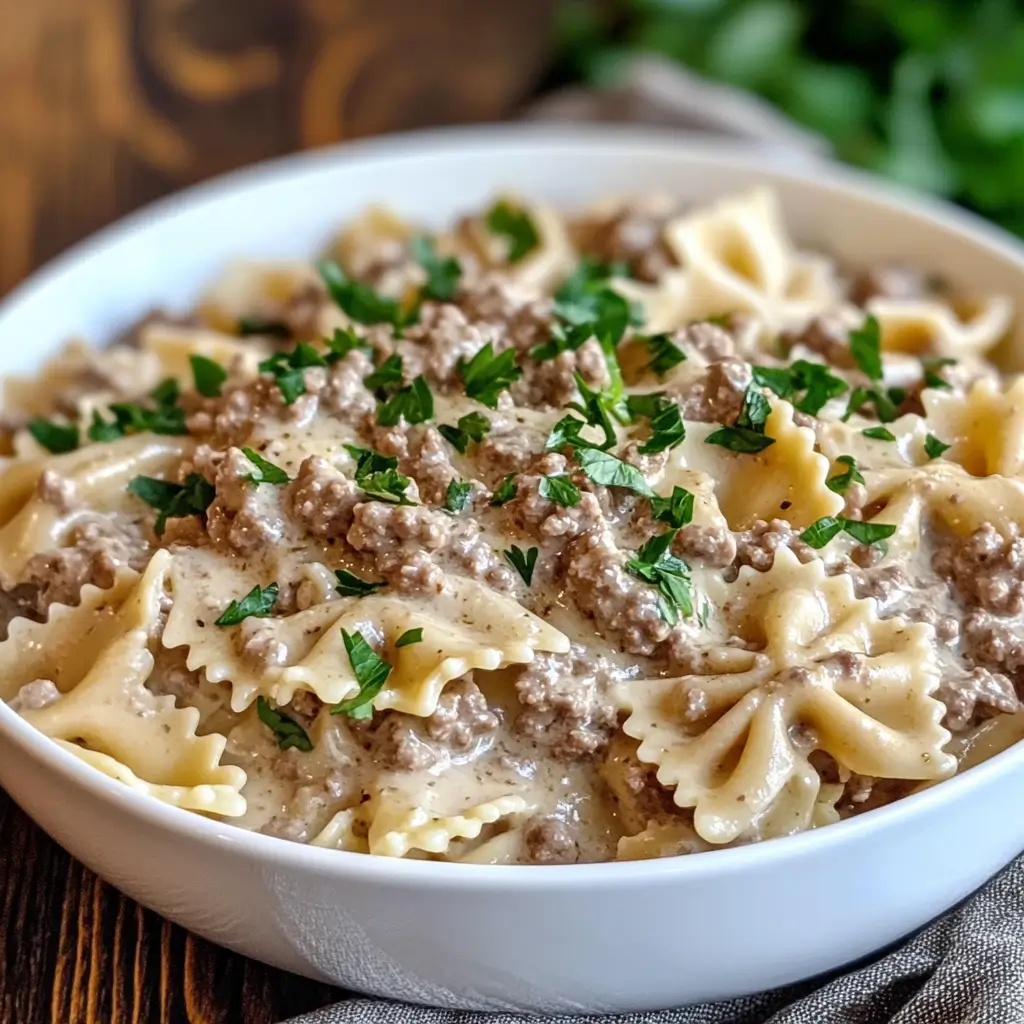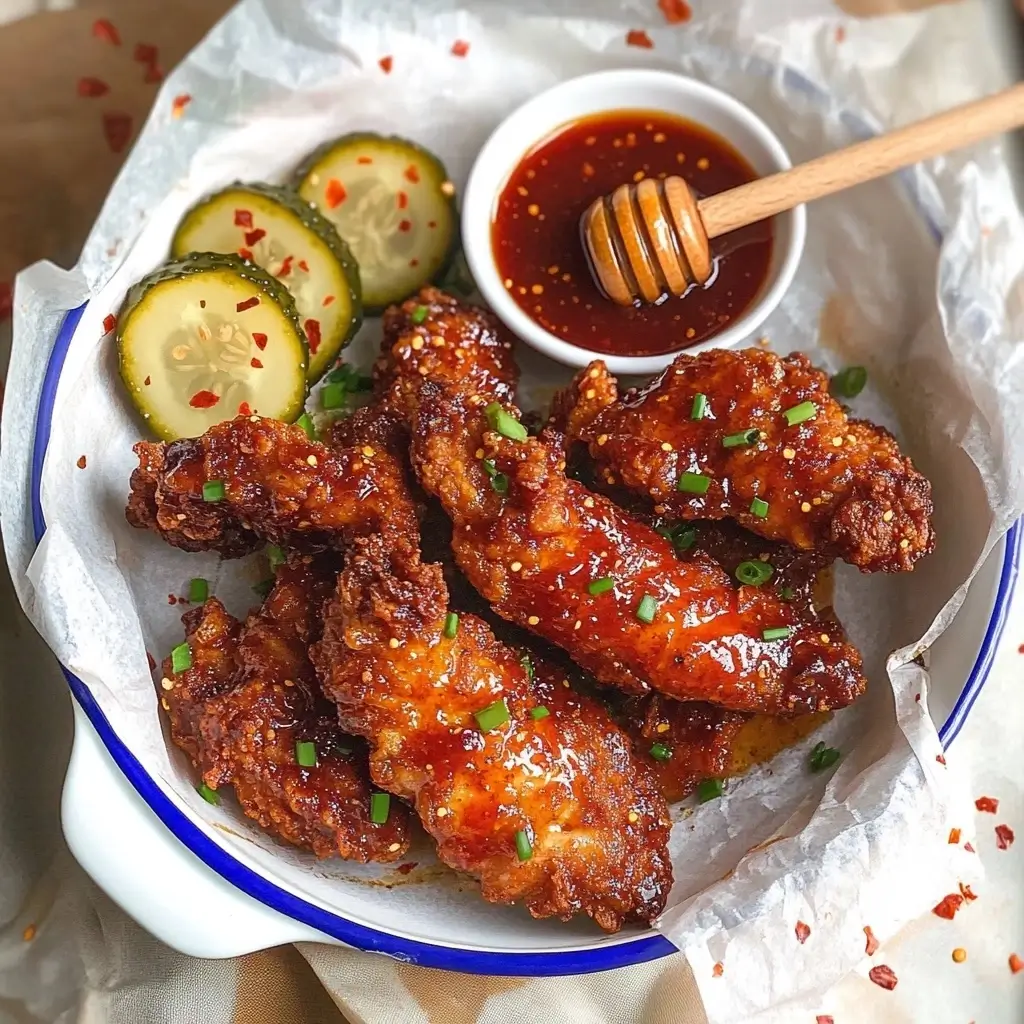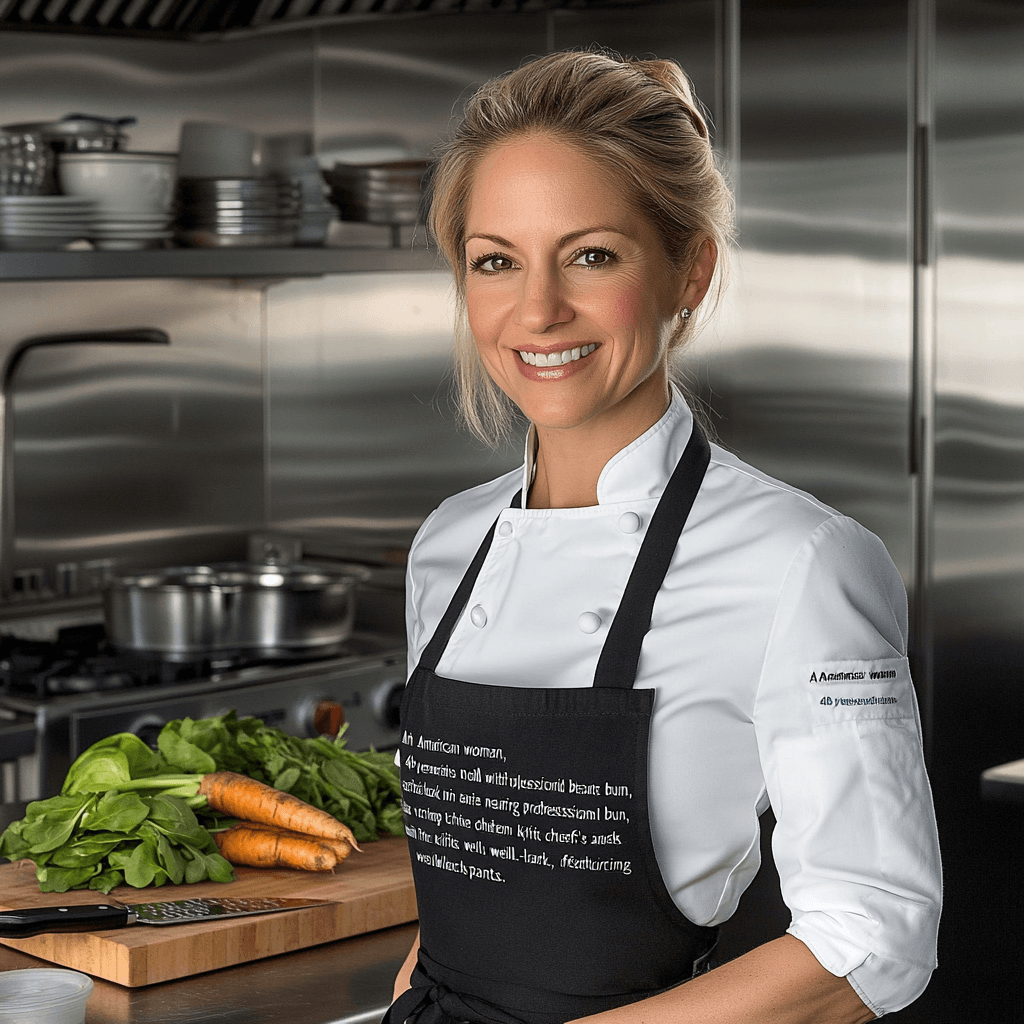Table of Contents
The difference between toffee and peanut brittle lies in their texture, ingredients, and preparation methods. Both are sugar-based confections, but they differ in how they are made and how they taste. Toffee is rich, buttery, and has a firm yet slightly chewy texture, while peanut brittle is crisp, airy, and shatters easily due to baking soda.
In this guide, we’ll explain the difference between toffee and peanut brittle, including their origins, key ingredients, cooking methods, and nutritional values. We’ll also provide step-by-step recipes so you can make both treats at home! 🍬
What is Toffee?
History of Toffee
The difference between toffee and peanut brittle dates back centuries, with toffee originating in England during the 19th century. The term “toffee” is believed to come from the Creole word “toughy”, describing its firm texture. Toffee became popular when sugar and butter became more affordable, leading to different variations such as English toffee and American buttercrunch.
Over time, different variations of toffee emerged, with some countries adding nuts, chocolate, or other flavor enhancements. Classic English toffee, known for its buttery and slightly chewy texture, remains one of the most popular types. In the U.S., American toffee (or buttercrunch) is commonly coated with chopped almonds or other nuts and dipped in chocolate.
Ingredients and Preparation
Toffee is a simple yet indulgent treat made with a few basic ingredients:
- Sugar – Usually white granulated sugar or brown sugar
- Butter – Provides richness and a smooth texture
- Water – Helps dissolve the sugar and control crystallization
- Salt – Enhances the flavor
- Optional additions – Vanilla extract, nuts, or chocolate
Cooking Process:
- Melting the sugar and butter – The sugar and butter are heated together, allowing them to combine into a smooth, thick mixture.
- Cooking to the right temperature – Toffee is typically cooked to a hard crack stage (290-300°F or 143-150°C) using a candy thermometer.
- Cooling and setting – Once the mixture reaches the correct temperature, it is poured onto a greased surface or parchment paper and left to cool.
- Optional coatings – Some variations include a coating of melted chocolate and chopped nuts.
The difference between toffee and peanut brittle is that toffee has a high butter content, which gives it a smooth snap rather than a brittle crunch.
What is Peanut Brittle?

Origins of Peanut Brittle
The difference between toffee and peanut brittle is noticeable in their history as well. Sure! Here’s a rephrased version of that paragraph:
Peanut brittle is thought to have first appeared in the United States in the 1800s. A common legend states that it was invented by accident when a cook mistakenly added baking soda instead of cream of tartar to a candy recipe. The result was a light, crispy treat.
Similar brittle-like candies exist worldwide, such as Indian chikki, made with jaggery and nuts, and Greek pasteli, which uses honey and sesame seeds. Today, peanut brittle remains a staple treat, particularly during holidays and festive occasions.
Key Ingredients and Cooking Method
Peanut brittle requires a slightly different set of ingredients than toffee, with a focus on achieving a crisp, airy texture. The main ingredients include:
- Sugar – White sugar or corn syrup, which provides the candy’s structure
- Butter – Used in some recipes for added richness, but not always necessary
- Peanuts – The star ingredient, traditionally used raw or roasted
- Baking Soda – Creates air pockets, giving the brittle its characteristic light texture
- Water – Helps dissolve the sugar and control crystallization
- Vanilla Extract (optional) – Adds extra flavor
Cooking Process:
- Dissolving the sugar – Sugar, corn syrup, and water are heated together until completely dissolved.
- Cooking to a high temperature – Peanut brittle is cooked to 300-310°F (149-154°C), also known as the hard crack stage.
- Adding peanuts and baking soda – Peanuts are stirred in, followed by baking soda, which causes the mixture to foam and aerate.
- Spreading and cooling – The hot mixture is poured onto a greased baking sheet and spread into a thin layer to cool.
- Breaking into pieces – Once hardened, peanut brittle is broken into bite-sized chunks.
The difference between toffee and peanut brittle here is that peanut brittle does not contain much butter, making it lighter and crispier than toffee.
Key Difference between toffee and peanut brittle
Although both toffee and peanut brittle are made by caramelizing sugar, they have distinct differences in texture, ingredients, and cooking methods. Let’s break down these differences in detail.
Texture and Consistency
The biggest difference between toffee and peanut brittle lies in their texture:
- Toffee has a smooth, slightly chewy texture with a firm snap, thanks to its high butter content. Some variations, like English toffee, may have a bit more crunch but still retain a creamy mouthfeel.
- Peanut brittle, on the other hand, is much harder and shatters easily due to the addition of baking soda, which creates air pockets and gives it a delicate, crisp structure.
Toffee melts in your mouth, while peanut brittle provides a more crunchy and brittle bite.
Ingredients and Sugar Composition
Both candies use sugar as their primary ingredient, but the supporting ingredients differ:
| Ingredient | Toffee | Peanut Brittle |
|---|---|---|
| Sugar Type | White or brown sugar | White sugar or corn syrup |
| Butter | High butter content | Minimal or no butter |
| Baking Soda | Not used | Essential for aeration |
| Nuts | Optional (often almonds or pecans) | Essential (usually peanuts) |
| Chocolate Coating | Common (chocolate-covered toffee) | Rare |
The difference between toffee and peanut brittle is clear—toffee is buttery, while peanut brittle is sugar-based with a nutty crunch.
Cooking Techniques and Temperature
The cooking temperatures also play a major role in the differences between toffee and peanut brittle:
- Toffee is cooked to 290-300°F (143-150°C), known as the hard crack stage. This gives it a firm yet slightly chewy texture.
- Peanut brittle is cooked slightly hotter, around 300-310°F (149-154°C), ensuring a completely brittle and shatter-prone texture.
Additionally, peanut brittle requires an extra step—stirring in baking soda at the end—which aerates the candy and prevents it from becoming too dense.
Flavor and Taste Profile
The flavors of toffee and peanut brittle are similar but distinct:
- Toffee has a rich, buttery, and slightly caramelized flavor, often enhanced with vanilla or nuts. If chocolate is added, it becomes even more indulgent.
- Peanut brittle is sweeter and nuttier, with a slightly toasted flavor from the caramelized sugar and roasted peanuts. The lack of butter makes it taste lighter but crunchier.
Popular Variations Around the World
Both toffee and peanut brittle have regional variations with unique flavors and ingredients:
- English Toffee – Classic toffee with almonds and chocolate.
- American Buttercrunch – Similar to English toffee but often softer and coated in crushed nuts.
- Chikki (India) – A peanut brittle-like candy made with jaggery instead of sugar, giving it a deep caramel flavor.
- Pasteli (Greece) – A variation using honey and sesame seeds instead of sugar and peanuts.
- Vietnamese Sesame Brittle – Uses sesame seeds and coconut milk instead of peanuts.
Each variation adds a unique twist to the classic concept of caramelized sugar-based candy.
Health and Nutritional Comparison
Toffee and peanut brittle are both sugary confections, but their nutritional profiles differ due to variations in ingredients and preparation. Let’s take a closer look at their health aspects.
Sugar Content and Calories
Since both treats rely on caramelized sugar, they are high in sugar and calories. However, their compositions affect their overall calorie count:
| Nutritional Factor | Toffee (1 oz / 28g) | Peanut Brittle (1 oz / 28g) |
|---|---|---|
| Calories | ~140-160 kcal | ~150-170 kcal |
| Sugar | ~14-18g | ~18-22g |
| Fat | ~9-11g (due to butter) | ~7-9g (from peanuts) |
| Protein | ~1-2g | ~3-4g |
| Carbohydrates | ~18-20g | ~20-22g |
- Toffee is higher in fat due to its butter content, making it richer and more filling.
- Peanut brittle contains more sugar but also has higher protein thanks to the peanuts.
While both treats are high in sugar, peanut brittle may offer slightly more nutritional value due to its nut content.
Nutritional Benefits and Concerns
Both candies should be enjoyed in moderation, but here’s how they compare in terms of potential benefits and drawbacks:
Potential Benefits:
✅ Peanut brittle provides protein from peanuts, which helps with muscle repair and energy.
✅ Toffee contains dairy, which offers small amounts of calcium.
✅ Both provide quick energy due to their sugar content, making them useful for athletes or those needing a fast energy boost.
Potential Concerns:
⚠️ High sugar content in both treats increases the risk of cavities, weight gain, and blood sugar spikes.
⚠️ Toffee is high in saturated fat due to butter, which may impact heart health if consumed excessively.
⚠️ Peanut brittle can be hard on teeth, potentially leading to dental damage.
If you’re looking for a healthier option, you can try making homemade versions with less sugar, alternative sweeteners (like honey or coconut sugar), or healthy add-ins like nuts and seeds.
How to Make Toffee and Peanut Brittle at Home

If you love the sweeHeading 3: Step-by-Step Toffee Recipe
- Cook butter, sugar, and water to 290°F.
- Pour onto parchment paper and let cool.
- Optional: Add chocolate and nuts.
- Break into pieces and enjoy!
Heading 3: Step-by-Step Peanut Brittle Recipe
- Cook sugar, water, and corn syrup to 300°F.
- Stir in peanuts and baking soda.
- Pour onto a baking sheet and let cool.
- Cut into smaller portions and keep in a sealed container.
This highlights another difference between toffee and peanut brittle—toffee relies on butter, while peanut brittle requires baking soda for its crispness.
Best Pairings and Uses for Toffee and Peanut Brittle
Toffee and peanut brittle are versatile treats that can be enjoyed on their own or paired with other foods and beverages for an even more delightful experience. Below are some of the best ways to serve and use these crunchy confections.
Desserts and Beverages
Both toffee and peanut brittle make excellent additions to desserts and drinks, adding texture and a sweet, nutty crunch.
Toffee Pairings:
🍫 Ice Cream Topping – Crushed toffee pieces add a buttery crunch to vanilla, chocolate, or caramel ice cream.
☕ Coffee & Lattes – The rich, caramel-like flavor of toffee pairs well with coffee, making it an excellent side treat with your morning brew.
🍩 Brownies & Cakes – Chopped toffee can be mixed into brownie batter or sprinkled on top of cakes for extra flavor.
🍎 Caramel Apples – Dip apples in melted caramel and roll them in crushed toffee for a gourmet twist.
Peanut Brittle Pairings:
🍨 Milkshakes & Yogurt – Crushed peanut brittle adds a nutty crunch to milkshakes or parfaits.
🍫 Chocolate Fondue – Dip peanut brittle pieces into melted chocolate for a decadent treat.
🥜 Trail Mix – Break peanut brittle into small chunks and mix it with nuts and dried fruit for a sweet snack.
🍰 Cheesecake & Pies – Peanut brittle crumbles can be sprinkled over cheesecake or pecan pie for extra crunch.
Gifting and Special Occasions
Both toffee and peanut brittle make fantastic homemade gifts for holidays, birthdays, and celebrations.
🎁 Gift Boxes – Package toffee or peanut brittle in decorative tins or mason jars for a thoughtful gift.
🎄 Holiday Treats – These sweets are perfect for Christmas, Thanksgiving, and festive gatherings.
💝 Wedding Favors – Small bags of homemade toffee or peanut brittle make great party favors.
Which One Should You Choose?
If you love buttery, rich flavors with a delicate crunch, go for toffee. If you prefer a crispy, nutty treat with a light texture, peanut brittle is your best bet.
Frequently Asked Questions
Here are some common questions people have about toffee and peanut brittle, along with detailed answers.
Which is harder, toffee or peanut brittle?
Peanut brittle is generally harder and more brittle than toffee. The addition of baking soda in peanut brittle creates air pockets, making it crisp and easy to shatter. Toffee, on the other hand, has a firmer yet slightly chewy texture due to its high butter content. While both candies break when bitten, peanut brittle has a more delicate snap, whereas toffee is denser and richer.
Can you make toffee or peanut brittle without nuts?
Yes! You can omit nuts from both recipes without affecting the texture too much. Here’s how:
- Nut-Free Toffee: Simply make plain butter toffee without nuts or substitute them with crushed pretzels, cookie crumbs, or coconut flakes.
- Nut-Free Brittle: You can replace peanuts with pumpkin seeds, sunflower seeds, or sesame seeds for a different texture. Some versions use puffed rice or quinoa for crunch.
Conclusion
The difference between toffee and peanut brittle comes down to texture, ingredients, and cooking methods. Toffee is rich, buttery, and firm, while peanut brittle is crisp, light, and nutty. Both are delicious and can be homemade with simple ingredients.
Whether you prefer the buttery snap of toffee or the airy crunch of peanut brittle, both treats are perfect for snacking, gifting, and pairing with desserts! 🍬😊

